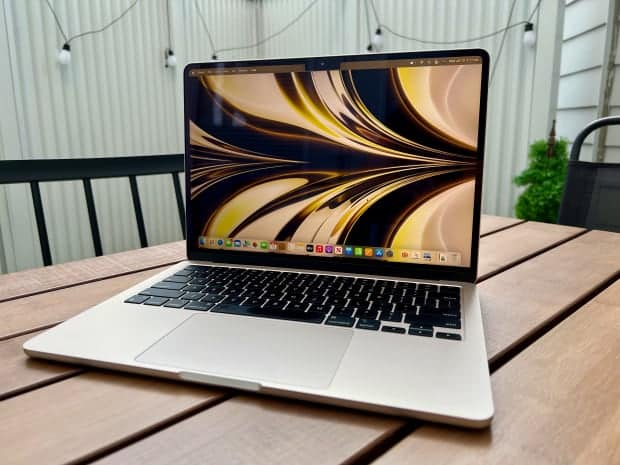Many people were taken aback last year when the California giant released the M1, the first Mac to include an Apple Silicon processor. The new Apple computers used a “mobile” processor centered on the ARM framework, a proprietary technology that allowed for much-improved performance with reduced battery consumption.
This modification also added a new and exciting aspect. We are talking about the transition from “operational memory” to “unified memory” here. But how does it function, how does it vary from earlier methods, and how does it alter the playing field in a little way?
Apple’s Way of Doing Things
Some computers are still using RAM, or Random Access Memory, for their operating system. This is a crucial part of every computer since it stores information temporarily so it may be retrieved promptly if necessary. Examples include system files and currently open files. RAM has traditionally been implemented as an oblong plate that plugs into a specific spot on the motherboard. However, Apple has gone in an entirely opposite direction.
System on a Chip (SoC) describes the M1, M1 Pro, and M1 Max chips. This indicates that all the critical elements are already included inside the chip. That’s why Apple Silicon does not employ the utilization of conventional RAM: all the necessary functionality is already there inside the chip. However, it is worth noting that the tech giant is delivering a little revolution in the shape of a new approach, which has previously been more prevalent for mobile phones.
The Goal
The idea behind unified memory is simple: cut down on the number of processes that might drag down performance. The game industry is a perfect metaphor for illustrating this problem. To be more specific, when you run a video game on your Mac, the processor (CPU) gets all the required instructions and then transfers part of them to the graphics card. RAM is the last piece of the jigsaw after CPU and disk space have been exhausted processing these individual requests.
This requires a continual stream of communication between the various parts, as well as monitoring of their actions. However, it is also true that passing on instructions “bites off” at the execution itself. However, what if we combined the CPU, GPU, and RAM all into a single component?
Apple’s Apple Silicon processors utilize this method, and they’re topped up with unified memory. In a nutshell, it’s cohesive because its capacity is shared across its parts and may be accessed by other parts with the tap of a finger. This is precisely how performance has improved over time without adding more RAM.



